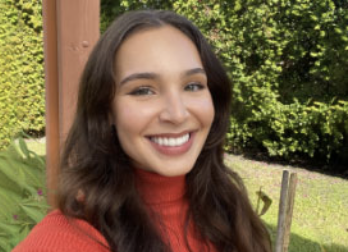Source:ISSUU
Interviews with Latinx students from Miami-Dade County illuminate nuance and commonalities — but no singular ‘Latino experience’
In the fall of 2017, 3,3621 undergraduate students from Miami-Dade County started the semester at the University of Florida. Sofi-Nicole Barreiro, a freshman pursuing political science and Latin American Studies, was one of them. By the time she graduated in 2020, UF’s undergraduate student population identifying as Hispanic or Latino/a had grown 13%.*
But Sofi-Nicole isn’t as interested in the stories these numbers might tell as much as the stories that these individuals might tell about themselves. How might Latinx students raised in Miami-Dade County navigate a shift in self-perception moving from a predominantly Latino context to a town with cultural characteristics of the rural south? What experiences do they have negotiating their detectable “otherness,” when it comes to language, customs, accent, skin color? How do they see themselves when they return home to Miami-Dade?
Answers to these questions, as one might imagine, are nuanced, individual, and complex.
Embracing the challenge, Sofi-Nicole tailored her graduate school experience around exploring these concepts. For her thesis, she chose to conduct semi-structured interviews with 10 Latinx UF students from Miami-Dade county, ages 21 to 25, and let their stories guide her findings, however complicated. “I can’t generalize my study at all, because there’s no homogeneous Latino experience,” Sofi-Nicole says. “So it’s been a challenge to make sense of all this qualitative data. Even in the span of one interview, there are some contradictions with how someone defines or talks about certain things, like race, for example.”

